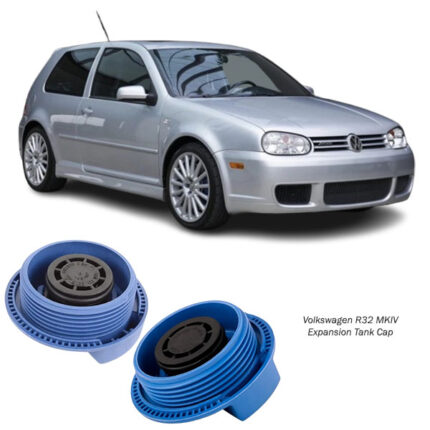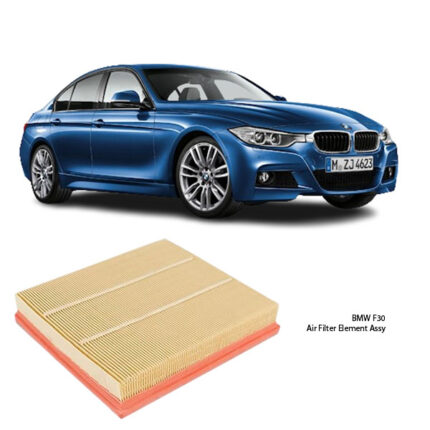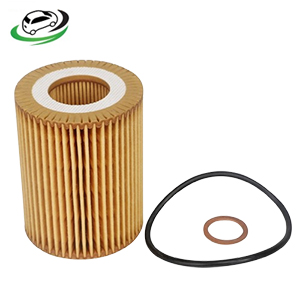Get BMW 1 Series N13 Engine Oil Filter Element Assy 11427635557 in Kenya
The Oil Filter Assembly is a fundamental component of a vehicle’s engine lubrication system. Its primary role is to remove contaminants, debris, and microscopic particles from engine oil before the oil circulates through the engine. Though small in size, the oil filter plays a massive role in preserving engine health, extending engine life, and ensuring smooth vehicle operation.
Every internal combustion engine depends on clean oil to lubricate moving parts, reduce friction, cool components, and prevent wear. Without an effective oil filter, the oil becomes contaminated, which can cause severe engine damage over time.
What Is an Oil Filter Assembly?
The Oil Filter Assembly refers to the complete unit that houses the filtration element and integrates with the vehicle’s engine oil system. Depending on the engine design, the assembly may include:
-
Oil Filter Canister or Cartridge: The main filtration unit that traps contaminants.
-
Filter Media: A special pleated paper, synthetic fiber, or cellulose material inside the filter that captures impurities.
-
Bypass Valve: Opens if the filter is clogged, allowing oil to continue flowing to prevent engine starvation.
-
Anti-Drain Back Valve: Prevents oil from draining out of the filter when the engine is off.
-
Filter Housing or Mounting Base: The threaded part that attaches to the engine block or an external oil filter housing.
There are two common types of oil filters:
-
Spin-On Filters: Self-contained canisters with built-in filter media, common in older and many current vehicles.
-
Cartridge Filters: Replaceable filter elements placed into a reusable housing, often found in newer or European engines.
Why the Oil Filter Matters
Engine oil continuously circulates through the engine during operation, picking up dirt, soot, carbon particles, metal shavings, and other contaminants. The oil filter’s job is to trap these particles and ensure that only clean oil reaches critical engine components like pistons, crankshaft bearings, camshafts, and valve trains.
An efficient oil filter:
-
Reduces engine wear
-
Prevents blockages
-
Maintains proper oil pressure
-
Ensures optimal lubrication
Functions of the Oil Filter Assembly
-
Filtration of Impurities: Captures harmful particles and sludge before they damage engine components.
-
Maintaining Oil Purity: Ensures only clean oil circulates through the engine.
-
Protecting Moving Parts: Prevents abrasive materials from wearing down engine internals.
-
Supporting Oil Flow: Maintains a consistent oil flow rate even under high pressure or temperature.
-
Enabling Cold Starts: Anti-drain valves retain oil in the filter for quick lubrication upon ignition.
Construction and Components
A modern oil filter assembly typically includes:
-
Outer Shell: A durable, corrosion-resistant steel casing that protects the internal elements.
-
Filter Element: The heart of the filter, composed of pleated paper or synthetic media.
-
Center Tube: Prevents the filter media from collapsing under pressure.
-
Base Plate: Contains the threaded hole and oil flow holes.
-
Gasket: Seals the filter against the mounting surface to prevent leaks.
-
Bypass Valve: Provides an alternate oil path in case the filter becomes clogged.
-
Anti-Drain Back Valve: A silicone or rubber valve that prevents oil from draining out of the filter when the engine stops.
Types of Oil Filter Media
-
Cellulose: Made from wood pulp; economical but needs more frequent replacement.
-
Synthetic: Composed of polyester or glass fibers; offers finer filtration and longer service life.
-
Microglass: Ultra-fine synthetic media used in high-performance filters.
-
Blended Media: A combination of cellulose and synthetic fibers; balances cost and performance.
Advantages of a Good Oil Filter Assembly
-
Extended Engine Life: Protects internal components from harmful particles.
-
Consistent Oil Flow: Even under cold starts or extreme operating conditions.
-
Improved Oil Efficiency: Keeps oil cleaner for longer, delaying degradation.
-
Reduced Engine Wear: Limits friction between moving parts by maintaining clean lubrication.
-
Supports Oil Pressure Stability: Ensures proper oil flow for hydraulic lifters and variable valve timing systems.
Disadvantages of a Poor or Worn-Out Oil Filter
-
Contaminated Oil: A clogged or low-quality filter fails to capture particles, leading to dirty oil circulation.
-
Low Oil Pressure: A restricted filter may limit oil flow, triggering warning lights or causing performance issues.
-
Bypass Activation: A blocked filter forces oil through the bypass valve, sending unfiltered oil into the engine.
-
Engine Damage: Debris-laden oil accelerates wear and increases the risk of internal damage.
-
Oil Leaks: A damaged or incorrectly installed filter can leak, leading to oil loss and potential engine failure.
Signs of Oil Filter Problems
-
Oil Warning Light: A drop in oil pressure may result from a clogged or faulty filter.
-
Dirty Exhaust Smoke: Indicates oil burning caused by contamination or engine wear.
-
Metallic Noises: Poor lubrication leads to metal-on-metal contact.
-
Decreased Performance: Unclean oil can affect engine timing and responsiveness.
-
Visible Oil Leaks: Oil around the filter area often signals a loose or failing gasket.
When to Replace the Oil Filter Assembly
The oil filter should be replaced every time the engine oil is changed. The general interval is:
-
Every 5,000–10,000 km for conventional oil
-
Up to 15,000 km for synthetic oil, depending on vehicle specifications
Check your owner’s manual or service schedule for exact intervals. Replace sooner under extreme conditions such as:
-
Dusty environments
-
Stop-and-go city driving
-
Frequent short trips
-
Towing or hauling heavy loads
How to Replace an Oil Filter (Spin-On Type)
Tools Required:
-
Oil filter wrench
-
Oil drain pan
-
New oil filter
-
Clean engine oil
-
Funnel
-
Clean rag or towel
Steps:
-
Drain Old Oil: Remove the drain plug and allow oil to drain into a pan.
-
Remove Old Filter: Use a filter wrench to loosen and remove the old filter.
-
Check Gasket: Ensure the old gasket isn’t stuck to the mounting surface.
-
Install New Filter: Lightly oil the new gasket, then hand-tighten the new filter into place.
-
Refill Engine Oil: Add clean oil through the filler cap.
-
Run Engine and Check for Leaks: Let the engine run for a few minutes and inspect the filter area.
Note: For cartridge-type filters, the steps are similar but may require opening a housing and replacing only the filter media.
Oil Filter Maintenance Tips
-
Use OEM or High-Quality Filters: Avoid low-grade filters that compromise filtration and durability.
-
Change with Every Oil Change: Never reuse old filters or extend their life beyond recommendations.
-
Inspect Regularly: Check for leaks, cracks, or dents.
-
Monitor Oil Pressure: Keep an eye on the dashboard gauge or warning light.
Follow us on Facebook for more parts.



